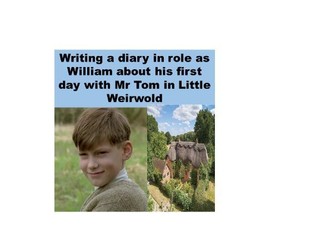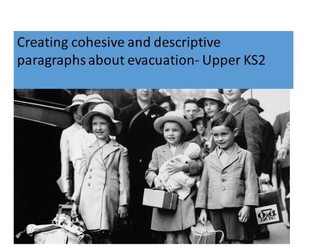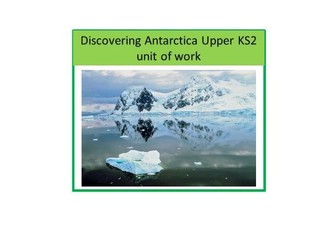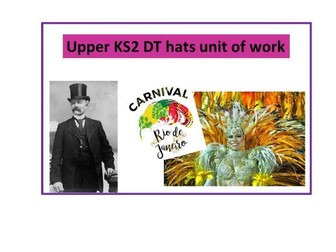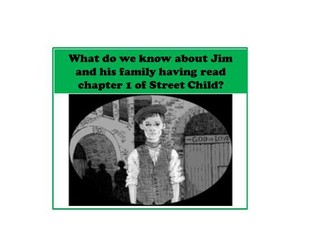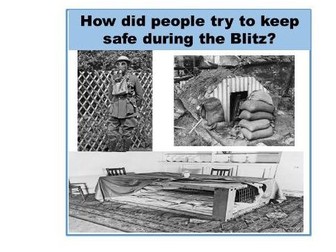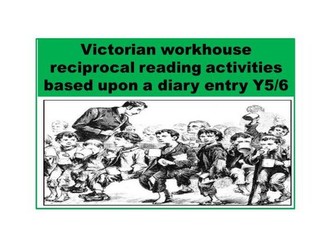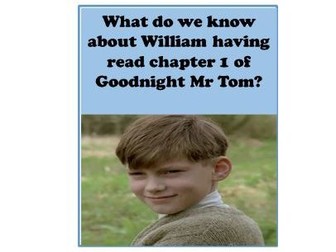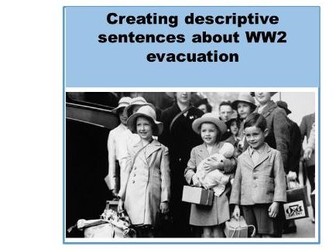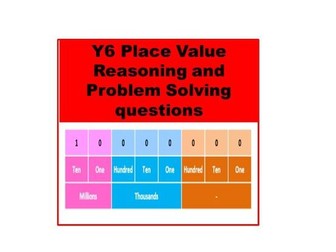
Creating a diary entry in role as William from Goodnight Mr Tom
This resource is aimed upon pupils in upper KS2 writing a diary entry based upon William’s first day living with Mr Tom in Little Weirwold . The resources included help achieve the writing objectives:
Y3/4 To compose and rehearse sentences orally building a varied and rich vocabulary and an increasing range of sentence structures
Y5/6 To select appropriate grammar and vocabulary, understanding how such choices can change and enhance meaning
This resource includes a comprehensive powerpoint which ca be used over a sequence of 3/4 English lessons. Each lesson also compromises of reading activities linked to the beginning of Goodnight Mr Tom( all page numbers are referenced)
-Lesson 1
-Reading activity linked to children finding evidence in the text that help us explain what we know about William and how he’s feeling.
-Writing based activity based upon children planning their own diary entries having read and unpicked a model text together ( this is included in the resources)
Lesson 2
Reading activity - Modelling how to skim and scan in the text to find information.
Writing activity - Beginning to draft their diary entries. Example steps of success included within the powerpoint.
Lesson 3
Reading activity - Children independently find and copy using the text.
Writing activity- Children begin by looking back at what they wrote yesterday with an activity to improve a paragraph on the slides ( with a focus on vocabularly) Children then continue writing their diary entries.
